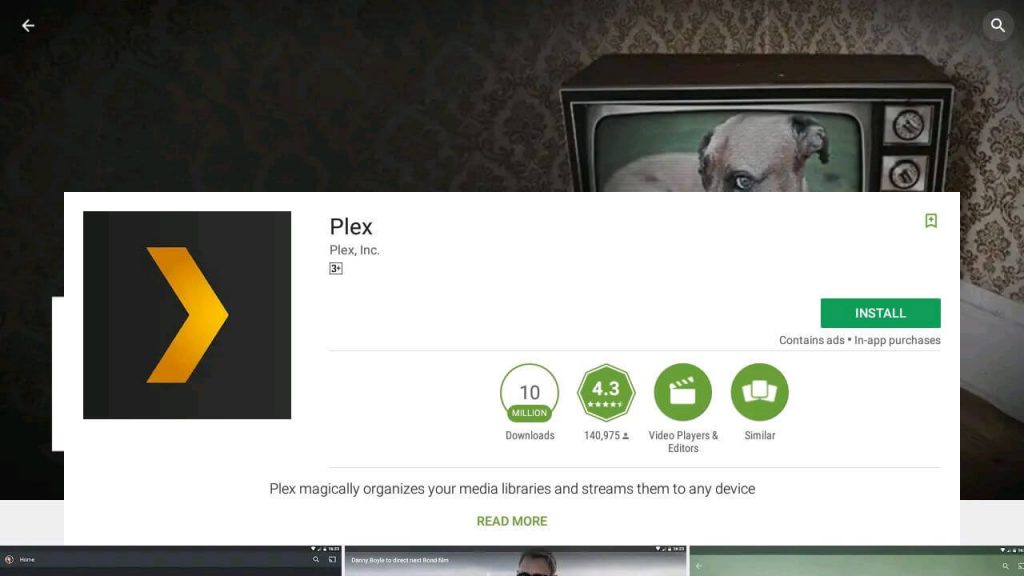

At the bottom, select Volumes and then map additional volume.ĥ. Give the container a name, then enter the Image as linuxserver/plex:latest.Ĥ. This is where our configuration files will be stored.Ģ. Select Volumes, then Add Volume and create a new volume named Plex. We’re first going to create a volume for our Plex configuration. Select Get Started as we’ll be using Docker on our current OMV installation.ġ2. Navigate to Portainer by entering the IP address of your OpenMediaVault server and port 9000 or by selecting Open Web in the Portainer dialogue. After Docker is installed, select Portainer and install it.ĩ. Refresh the OpenMediaVault GUI and under System, you should have a new tab called omv-extras.Ĩ. cd / lsĬopy the path as we’ll need it at a later step (in my example, it’s /srv/dev-disk-by-uuid-9dcbba01-019e-4270-ab86-5c3e4777fa62/Media).Ħ. Navigate into the dev folder and confirm that your media is there. Enter the commands below in order to view your shared folders. We’re now going to get the directory where our media files are stored for a later step.

The package will install after a few seconds. Enter the command below to install OMV-Extras. Enable WeTTy by selecting Services then WeTTy, save, then apply the changes. Alternatively, you can simply access the terminal through the device where OpenMediaVault is currently installed.Ģ. Select System, then Plugins, and install openmediavault-wetty.

How to Install OMV-Extras, Docker & Portainerġ. Conclusion – How to Install Plex on OpenMediaVaultĪs mentioned above, we will use Docker to install Plex but will need to install OMV-Extras first.How to Install OMV-Extras, Docker & Portainer.


 0 kommentar(er)
0 kommentar(er)
